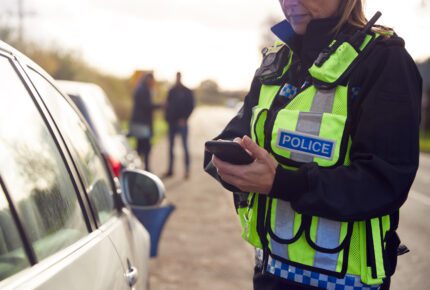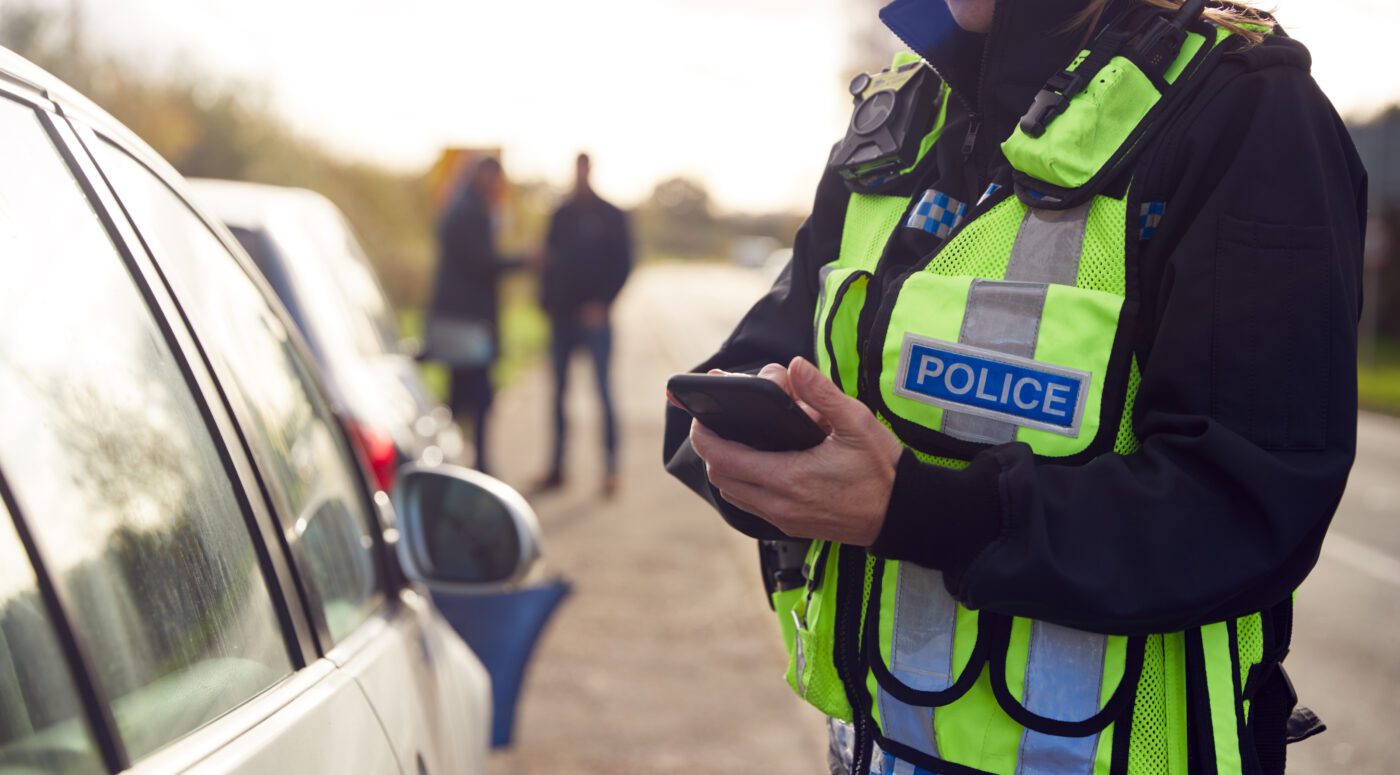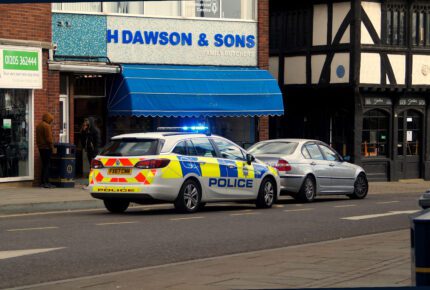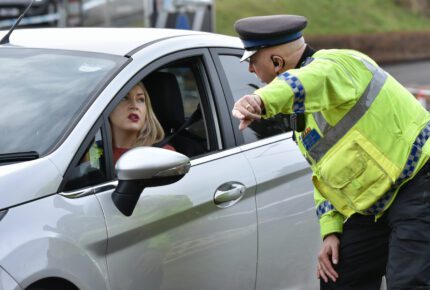

Getting behind the wheel when you are under the influence of drugs or alcohol is a mistake that could land you in hot water. If you have been charged with this offence, rest assured that you are not alone. Every year, thousands of people drive whilst under the influence of drugs or alcohol, and considerable numbers are caught. An estimated 7,800 people were killed or injured in drink driving accidents in the UK in 2019. In 2020, it is estimated that between 150 to 220 fatal road accidents occurred while at least one of the drivers was under the influence of drugs or alcohol. This might seem like a high number, but this is in fact the lowest number of fatalities since 2015. This can be attributed in part to the Covid-19 pandemic, which led to fewer people being out and about whilst under the influence of drugs and alcohol. However, now that the restrictions have been lifted, we can expect to see these numbers rise again.
This article provides a practical guide to the offence of driving whilst under the influence of drugs or alcohol. We discuss the legal components of this offence and the sentence that you could face if you are convicted. We also look at any aggravating or mitigating factors that the court is empowered to take into account. Finally, we discuss any defences that may be available for this offence.
What is a driving under the influence of drink or drugs offence?
Driving whilst under the influence of alcohol
Driving whilst under the influence of alcohol is an offence set out at Section 5 of the Road Traffic Act 1988 (RTA). This establishes that it is a criminal offence to drive when the alcohol level in your blood, urine, or breath is above a certain prescribed limit.
The legal alcohol limit in England, Wales, and Northern Ireland for driving is 80 milligrams of alcohol per 100 millilitres of blood, or 35 micrograms of alcohol per 100 millilitres of breath. Generally, the guidance is that you could consume 3 units of alcohol for women and 4 for men. However, this is not a reliable means of ensuring that you are under the limit because how much you can drink to ensure that your blood alcohol level remains below this level depends on the person. It depends on your weight, age, sex, and metabolism. It also depends on what you’ve eaten, the type and amount of alcohol, and your stress levels.
Driving whilst under the influence of drugs
Section 5A of the RTA sets out the offence of driving whilst under the influence of drugs.
Under this law, it is an offence to:
- Drive or attempt to drive
- a motor vehicle on a road or other public space
- whilst a controlled drug is in your body, in a quantity which is above the lawful limit for that drug
Controlled drugs include all those listed in Schedule 2 of the Misuse of Drugs Act 1971.
What is the Sentence for driving under the influence of drink or drugs?
If you are convicted of driving whilst under the influence, you could face a custodial prison sentence. This is, however, only likely to occur if someone has been killed or seriously injured due to your actions. You could also face a driving ban, and/or a substantial fine. The sentence will be determined by the court that hears your case. You may be able to reduce the length of your driving ban by taking a Drink-Drive Rehabilitation Scheme Course.
The sentence that you face for drink/drug driving depends on the specific offence that you have committed.
The table below sets out the different offences and the potential sentence that you could face.
| Offence | Custodial Sentence | Fine | Ban |
| Being in charge of a vehicle while above the legal limit or unfit through drink | Up to 3 months | Up to £2500 | Yes |
| Driving or attempting to drive while above the legal limit or unfit through drink | Up to 6 months | Unlimited | At least 1 year
3 years if convicted twice in 10 years |
| Refusing to provide a specimen of breath, blood or urine for analysis | Up to 6 months | Unlimited | At least 1 year
|
| Causing death by careless driving when under the influence of drink | Up to 14 years | Unlimited | At least 2 years
Plus an extended driving test before your licence is returned |
What factors influence the driving under the influence of drink or drugs sentence?
When deciding what sentence to give a defendant convicted of driving whilst under the influence of drink or drugs, the court will take into account aggravating and mitigating factors relevant to the defendant’s situation.
Aggravating factors are those that are taken to increase the severity of the defendant’s offending. These include:
- previous convictions relating to similar types of offences
- if the driver was carrying passengers
- evidence of an unacceptable standard of driving
- if the driver was involved in an accident
- if there was a high level of traffic or pedestrians in the vicinity
Mitigating factors are those that could reduce the severity of the sentence. Examples include:
- where the driver has no previous convictions or no relevant/recent convictions
- if it was a genuine emergency
- if the driver’s drinks had been spiked
- if the distance driven was very short
- if the driver showed remorse or was of good character
- if the driver has a serious medical condition, mental disorder, or learning disability
- if the driver is the sole or primary carer for dependent relatives
For more information, see the guide produced by the Sentencing Council.
Are any defences available to driving under the influence of drink or drugs?
The RTA sets out specific statutory defences to the offence of driving whilst under the influence of alcohol or drugs. Drink/drug driving are strict liability offences, which means that the court is not obliged to take into account evidence of mens rea (guilty mind) in order to secure a conviction.
Defences for driving under the influence of alcohol
It is a defence for a person charged with the offence driving whilst under the influence of alcohol to prove that:
- at the time he or she is alleged to have committed the offence
- the circumstances were such that there was no likelihood of his or her driving the vehicle
- whilst the proportion of alcohol in his or her breath, blood, or urine remained likely to exceed the prescribed limit.
Defences for driving under the influence of drugs
It is a defence for a person charged with driving under the influence of drugs to show that:
- the specified controlled drug had been prescribed or supplied to the him or her for medical or dental purposes
- the person took the drug in accordance with any directions given by the person by whom the drug was prescribed or supplied, and with any accompanying instructions (so far as consistent with any such directions) given by the manufacturer or distributor of the drug, and
- the person’s possession of the drug immediately before taking it was not unlawful under section 5(1) of the Misuse of Drugs Act 1971 (restriction of possession of controlled drugs) because of an exemption in regulations made under section 7 of that Act (authorisation of activities otherwise unlawful under foregoing provisions).
Note that this defence is not available if your actions were contrary to any advice, given by the person by whom the drug was prescribed or supplied, about the amount of time that should elapse between taking the drug and driving a motor vehicle, or contrary to any accompanying instructions about that matter (so far as consistent with any such advice) given by the manufacturer or distributor of the drug.
In order to succeed with this defence, you only need to provide enough evidence sufficient to raise an issue. In those circumstances, the court must assume that the defence is satisfied unless the prosecution proves beyond reasonable doubt that it is not.
Like with driving under the influence of alcohol, it is a defence to prove that at the time you were alleged to have committed the offence the circumstances were such that there was no likelihood of driving the vehicle while the proportion of the specified controlled drug in your blood or urine remained likely to exceed the specified limit for that drug.
Defences relating to sample collection
It is a defence if your sample reading was at a level that requires the police to give you the option of providing an alternative sample of blood or urine and the police fail to do so. It is also a defence if you were pressured into giving a particular type of sample, or if the police did not take the sample correctly or follow Home Office guidance when taking the sample.
Duress
It can be a defence to show that you were forced by a person or by circumstances into driving whilst under the influence. You would need to show that you genuinely feared for your life.
Where to get further help
If you have been charged with drinking and driving, make sure you have a good criminal defence solicitor by your side. At Stuart Miller Solicitors, our experienced team can help you reduce the sentence you are facing by approaching the case strategically and ensuring that the court has all the relevant information before it with regards to your plea in mitigation. Contact us for a no obligation consultation today.

